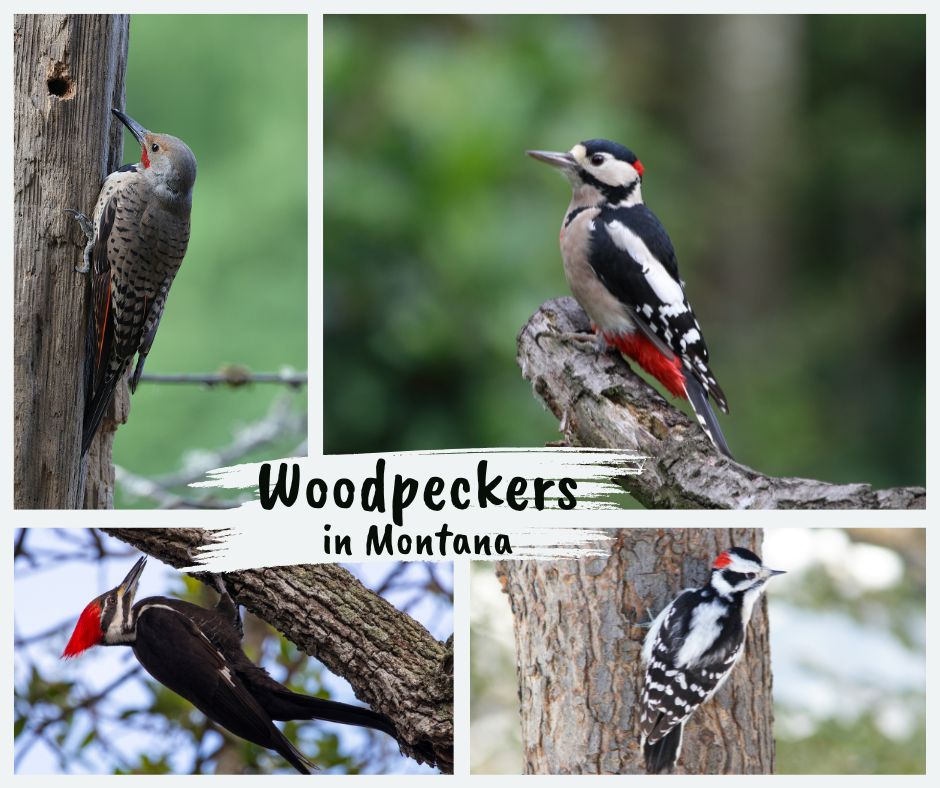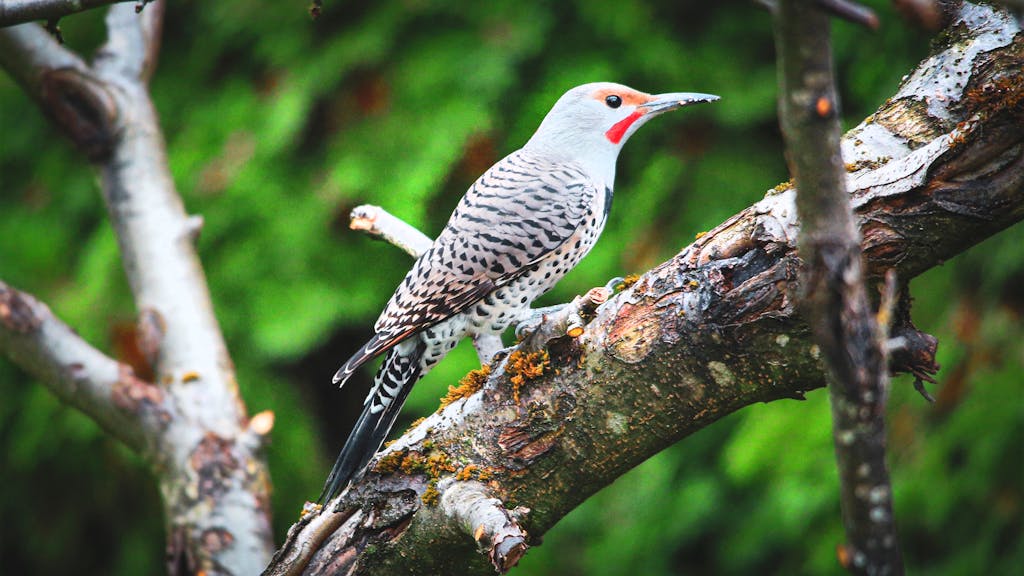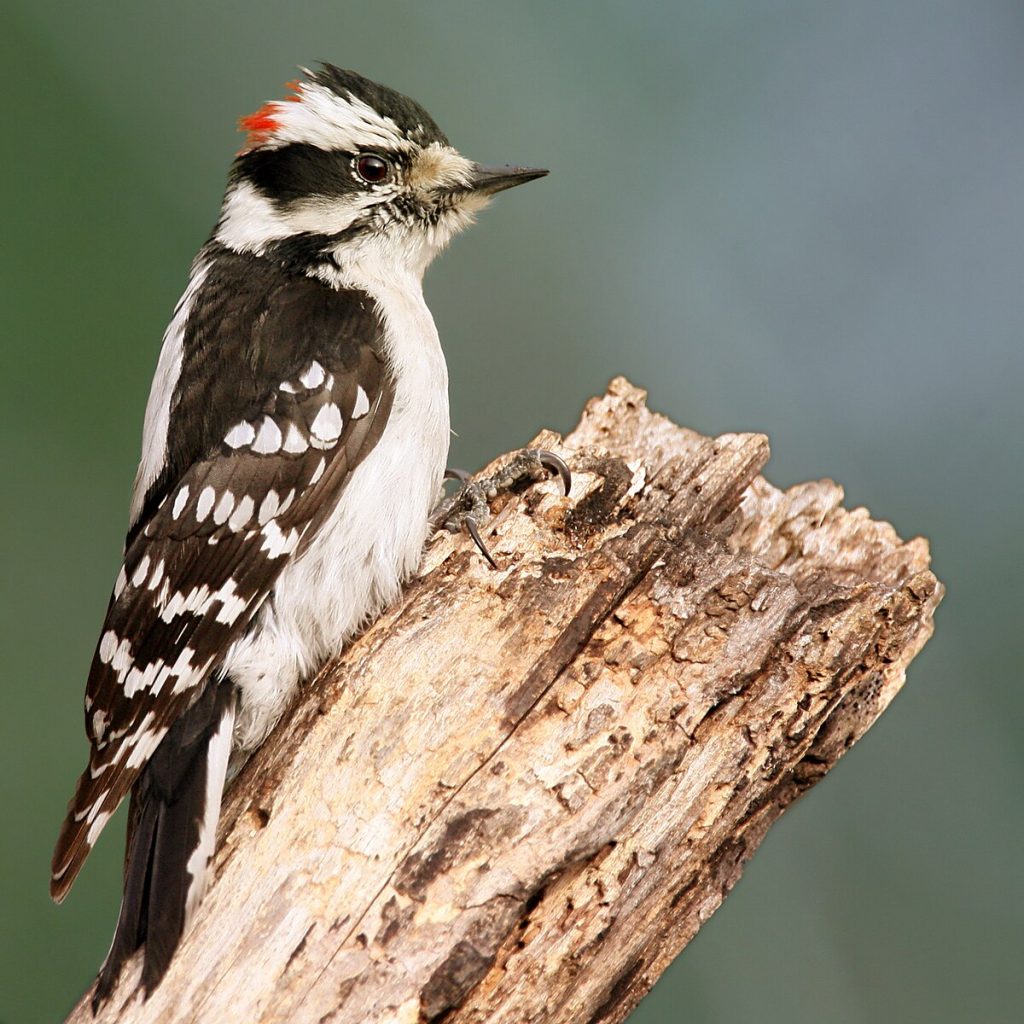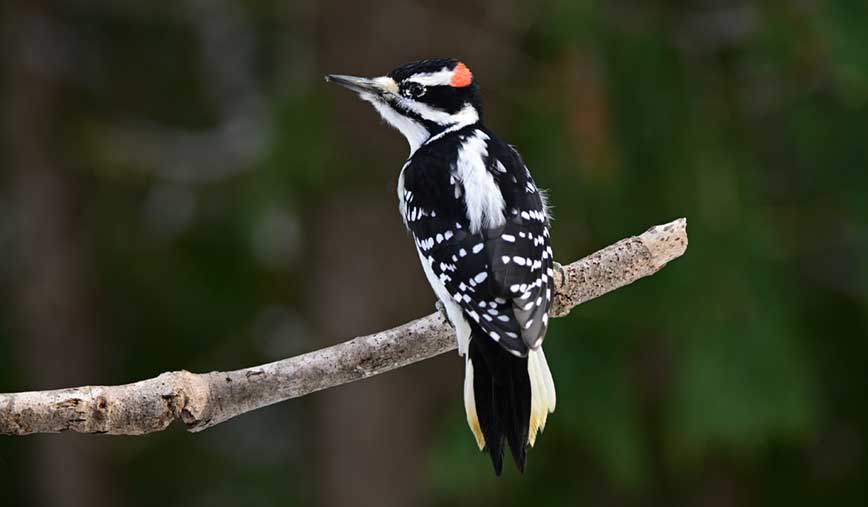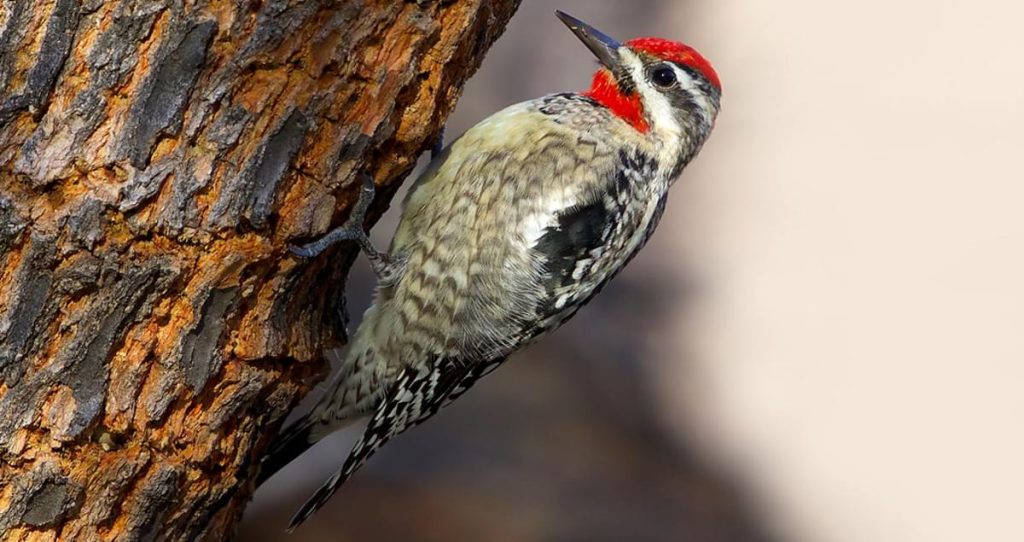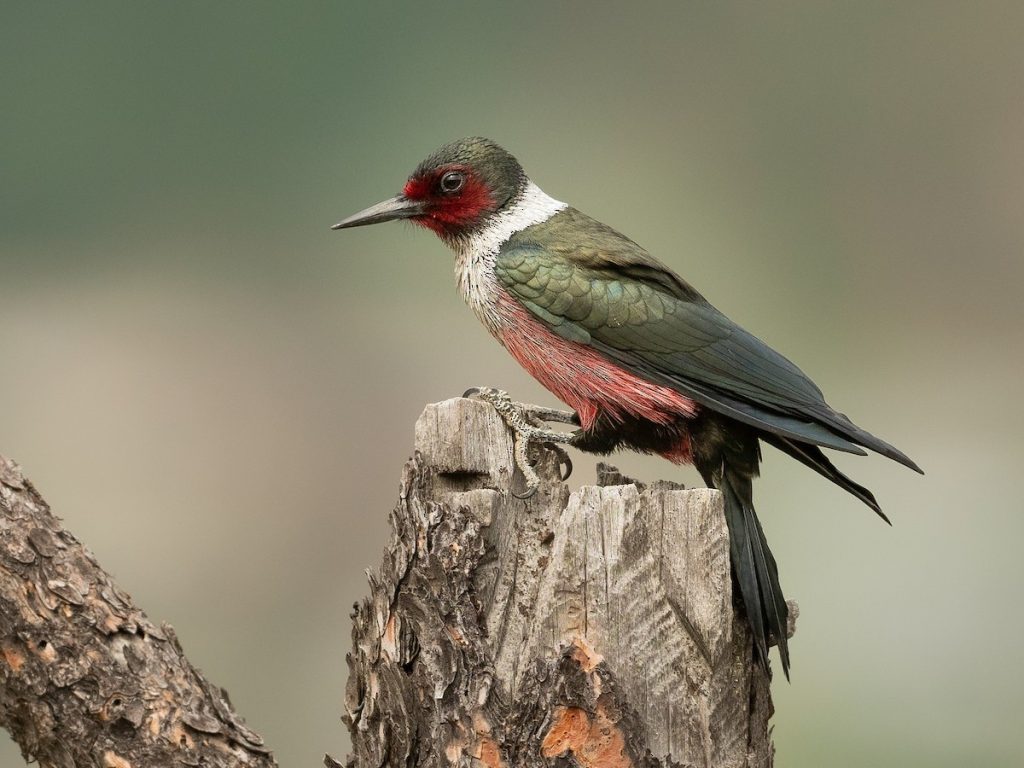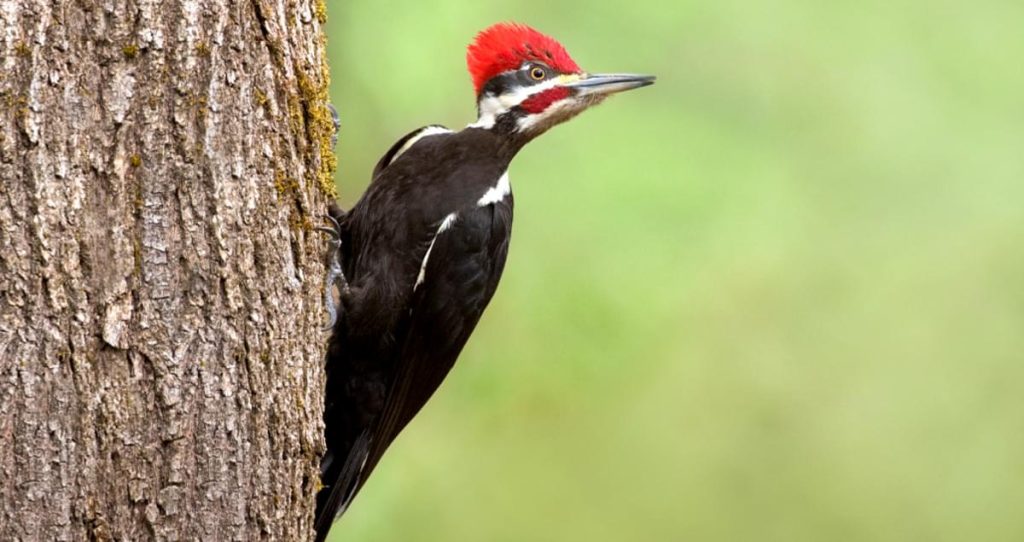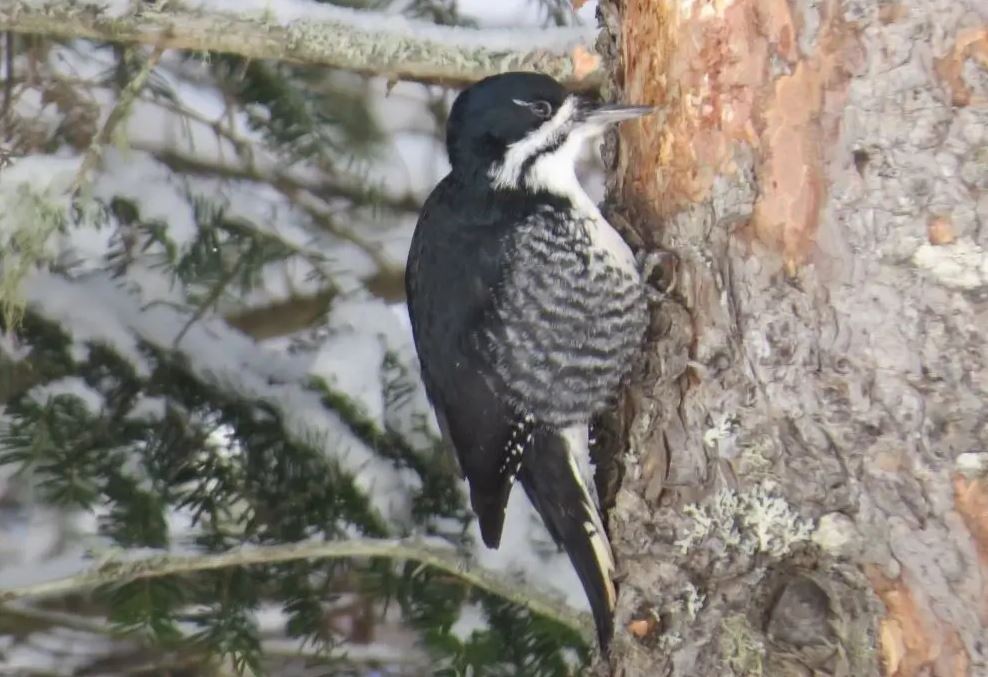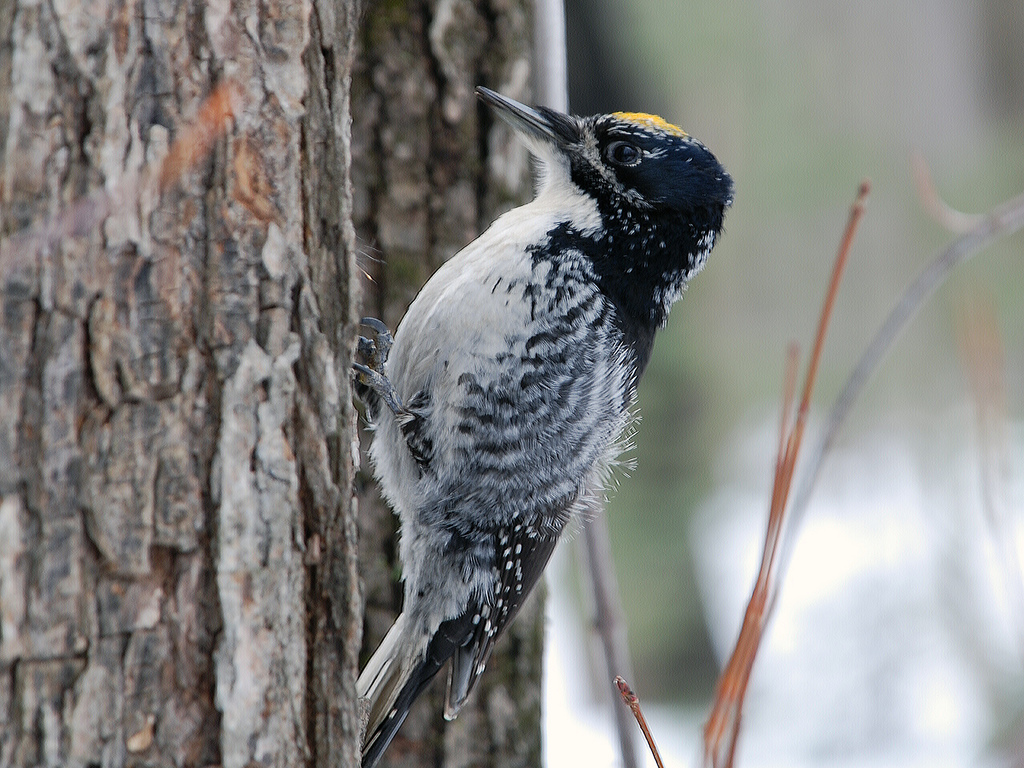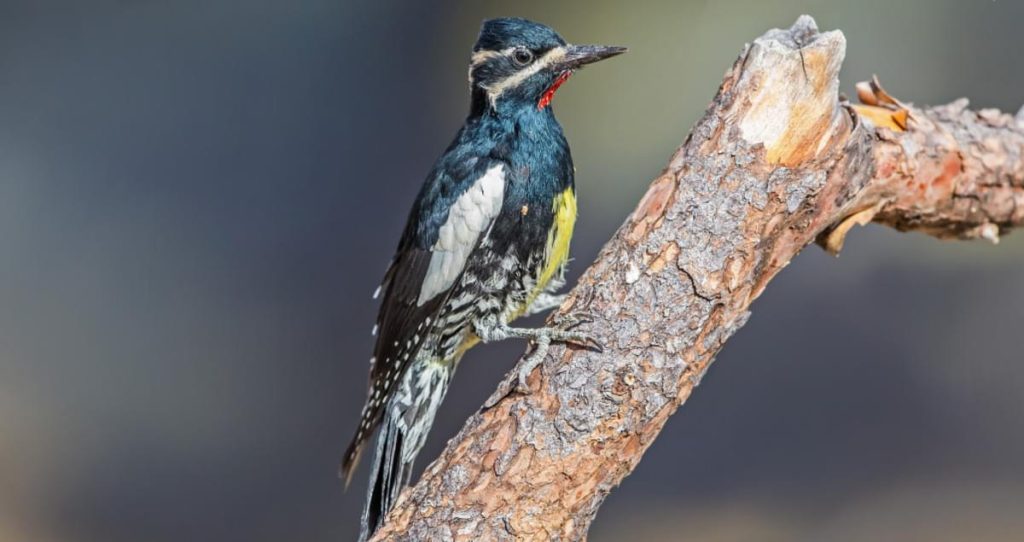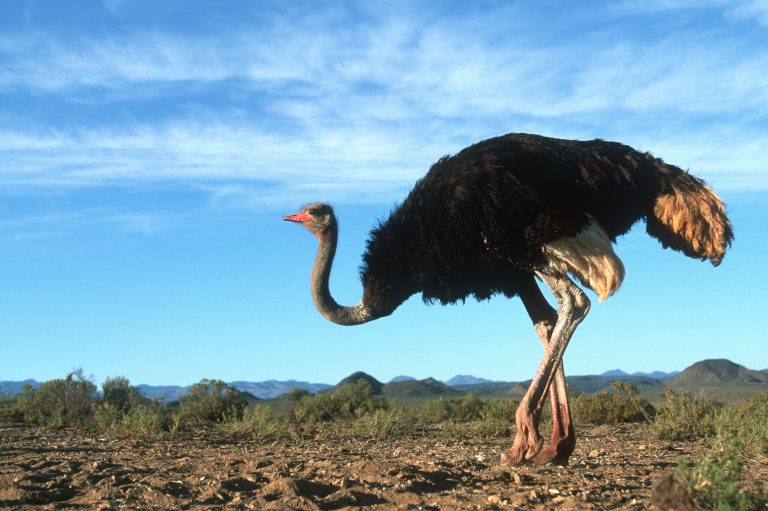Woodpeckers in Montana: A Complete Guide to Their Calls, Habits & Habitats
Montana is a land of wild rivers, soaring peaks, and deep forests—a birdwatcher’s paradise if ever there was one. But among its many avian treasures, none are quite as rhythmic or as curious as the woodpeckers. Their calls echo through pine valleys, and their drumming resonates like a heartbeat in the wilderness.
Over my 13 years of birding across the American West, I’ve encountered woodpeckers from the snowy banks of the Flathead to the cottonwood-lined creeks of the Bitterroot Valley. Each species offers something unique: a different sound, a different story, a different niche in Montana’s complex ecosystems.
In this complete guide, we’ll explore the most common woodpeckers in Montana—their calls, behaviors, habitats, and how to spot them. If you’re patient, quiet, and willing to follow the sound of tapping in the woods, these birds will reward you with moments of quiet wonder.
1. Northern Flicker (Colaptes auratus)
Overview:
Perhaps the most widespread and easily recognizable woodpecker in Montana, the Northern Flicker is unique among its family: it often forages on the ground rather than trees.
🏞 Habitat:
- Open woodlands
- Suburban yards
- Grasslands with scattered trees
🔊 Call:
A loud, ringing “kleer kleer kleer” or a steady, repetitive rattle.
📌 Behavior Notes:
- Frequently seen on lawns searching for ants (a major part of their diet)
- Montana hosts the “Red-shafted” form, with red underwings and tail feathers
- During courtship, males perform a lively “fencing dance” with bill waving
2. Downy Woodpecker (Dryobates pubescens)
Overview:
The smallest woodpecker in North America, the Downy is compact, curious, and incredibly adaptable.
🏞 Habitat:
- Deciduous forests
- Willows and cottonwoods along rivers
- Backyard feeders
🔊 Call:
A soft “pik” call and a gentle, descending whinny.
📌 Behavior Notes:
- Often seen in pairs or mixed flocks in winter
- Frequently visits suet feeders
- Identified by its short bill and outer white tail feathers with black spots
3. Hairy Woodpecker (Dryobates villosus)
Overview:
Nearly identical to the Downy in appearance but larger and with a much longer, chisel-like bill.
🏞 Habitat:
- Mature forests
- Dead standing trees (snags)
- Mixed coniferous and deciduous zones
🔊 Call:
Sharp “peek!” and a fast, rattling drum.
📌 Behavior Notes:
- More elusive than Downies
- Drums on resonant branches to defend territory
- A strong excavator, often creating nest holes in dead trees
4. Red-naped Sapsucker (Sphyrapicus nuchalis)
Overview:
A strikingly patterned woodpecker known for its bright red nape and throat (in males), and a well-defined black-and-white facial pattern.
🏞 Habitat:
- Aspen groves
- Mountain meadows
- Riparian cottonwood stands
🔊 Call:
Soft mewing calls and irregular drumming—often described as “morse code-like.”
📌 Behavior Notes:
- Drills horizontal sap wells to feed on tree sap and insects
- Its wells attract hummingbirds and other nectar feeders
- Frequently seen in spring and summer in western Montana
5. Lewis’s Woodpecker (Melanerpes lewis)
Overview:
Named after Meriwether Lewis, this species is unlike any other—it flies like a crow, has a dark pink belly, and often glides rather than flaps.
🏞 Habitat:
- Open ponderosa pine forests
- Burned woodland areas
- Oak woodlands and cliff edges
🔊 Call:
Low, raspy churring sounds and squeaky notes.
📌 Behavior Notes:
- Highly aerial and acrobatic
- Caches nuts and insects in bark crevices
- Population has declined in some areas due to habitat loss
6. Pileated Woodpecker (Dryocopus pileatus)
Overview:
The largest woodpecker in Montana—nearly crow-sized—with a dramatic red crest and bold black-and-white coloring.
🏞 Habitat:
- Mature deciduous or mixed forests
- Old-growth areas with large standing dead trees
🔊 Call:
Loud, laughing “kuk-kuk-kuk” and powerful, deep drumming.
📌 Behavior Notes:
- Leaves rectangular holes in trees while searching for carpenter ants
- Powerful drumming echoes loudly—used for both feeding and communication
- Often mistaken for the extinct Ivory-billed Woodpecker due to size and shape
7. Black-backed Woodpecker (Picoides arcticus)
Overview:
A boreal specialist, this woodpecker thrives in burned forests, where it specializes in feeding on wood-boring beetle larvae.
🏞 Habitat:
- Recently burned coniferous forests
- Spruce-fir and lodgepole pine stands
🔊 Call:
Sharp “pik!” and occasional short drumming.
📌 Behavior Notes:
- Males have a distinctive yellow crown patch
- Usually solitary and quiet
- Important ecological role in post-fire forest recovery
8. Three-toed Woodpecker (Picoides dorsalis)
Overview:
Closely related to the Black-backed but more elusive. Has a white back with fine barring and—you guessed it—only three toes.
🏞 Habitat:
- Coniferous forests, especially in higher elevations
- Often near beetle-infested trees
🔊 Call:
High-pitched “kee-kee-kee” and soft drumming.
📌 Behavior Notes:
- Often confused with the Black-backed
- Rare but found year-round in parts of western and central Montana
- Forages on bark, using unique foot structure for vertical clinging
9. Williamson’s Sapsucker (Sphyrapicus thyroideus)
Overview:
A beautiful and sexually dimorphic woodpecker. Males have a black head and chest with a red throat; females look entirely different with barred backs.
🏞 Habitat:
- Montane conifer forests
- Western Montana’s higher elevation pine stands
🔊 Call:
Nasally mews and descending rattles.
📌 Behavior Notes:
- Drills sap wells like its Red-naped cousin
- Forages for ants and tree sap
- More elusive and seasonal, often arriving in late spring
Tips for Spotting Woodpeckers in Montana
- Bring binoculars and a field notebook—woodpeckers often stay high in the canopy or deep in burned forests.
- Listen before you look—drumming and call notes give away their location.
- Check burned forests and old snags—many woodpeckers prefer recently dead or decaying trees.
- Use eBird.org to track recent sightings and hotspots in Montana.
- Explore diverse habitats: cottonwood groves, pine forests, mountain valleys, and even city parks can all yield different species.
Final Thoughts: The Pulse of Montana’s Forests
To me, woodpeckers are more than just birds—they’re architects, communicators, and ecosystem engineers. In Montana, they tell the story of fire and renewal, of old-growth and edge habitat, of resilience and rhythm.
Whether you hear the manic drumming of a Downy or spot the sweeping flight of a Lewis’s Woodpecker against a blue Montana sky, you’ll understand: these birds are woven into the very heartbeat of this wild state.
If you follow their calls—tap by tap, drum by drum—you won’t just see more birds. You’ll experience the forests of Montana more deeply.
FAQs
❓How many types of woodpeckers are there in Montana?
There are 9 commonly seen species of woodpeckers in Montana, including the Northern Flicker, Pileated Woodpecker, Red-naped Sapsucker, and Downy Woodpecker.
❓Where can I find woodpeckers in Montana?
You can find woodpeckers across diverse habitats in Montana—deciduous forests, burned conifer stands, aspen groves, and even suburban areas with mature trees.
❓What is the largest woodpecker in Montana?
The Pileated Woodpecker is the largest in Montana, nearly the size of a crow. It’s known for its bright red crest and deep, resonant drumming.
❓Which woodpeckers live in burned forests?
The Black-backed and Three-toed Woodpeckers specialize in post-fire habitats, feeding on beetle larvae in dead and decaying trees.
❓Do woodpeckers migrate in Montana?
Most woodpeckers in Montana are year-round residents, but some, like the Red-naped and Williamson’s Sapsuckers, are migratory and arrive in spring.

